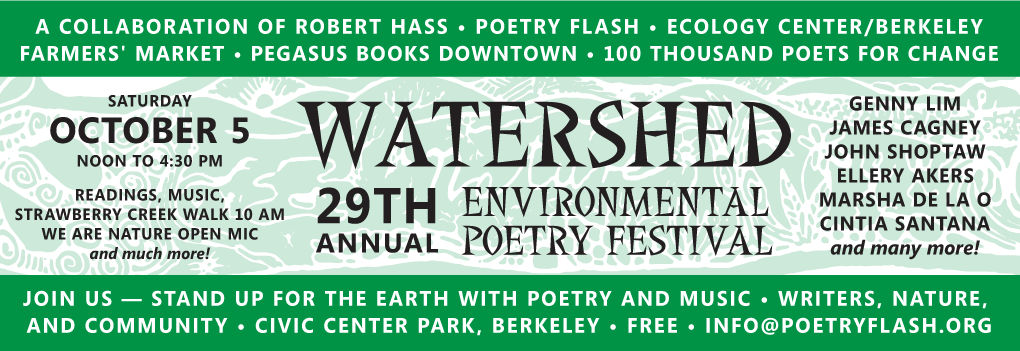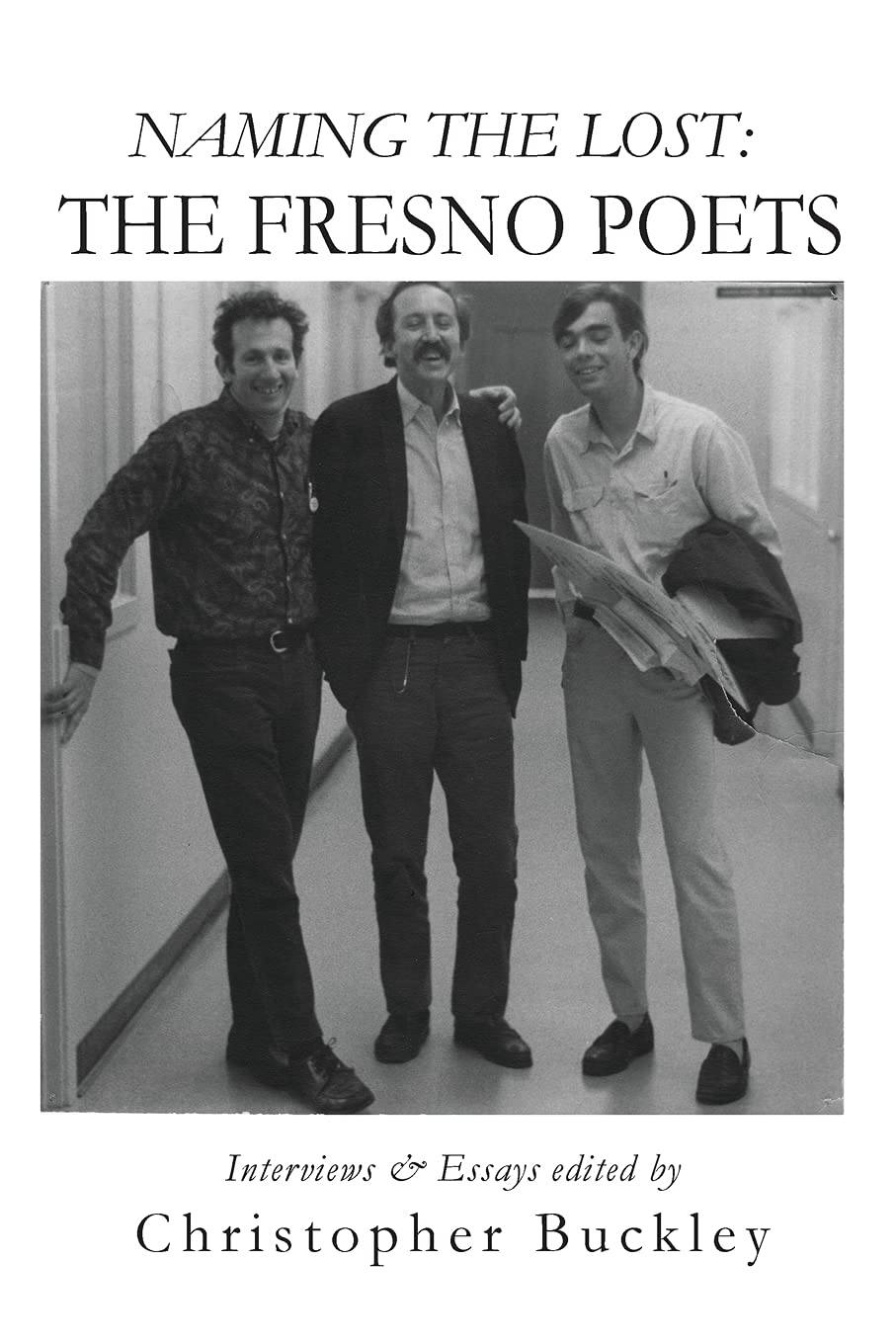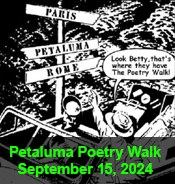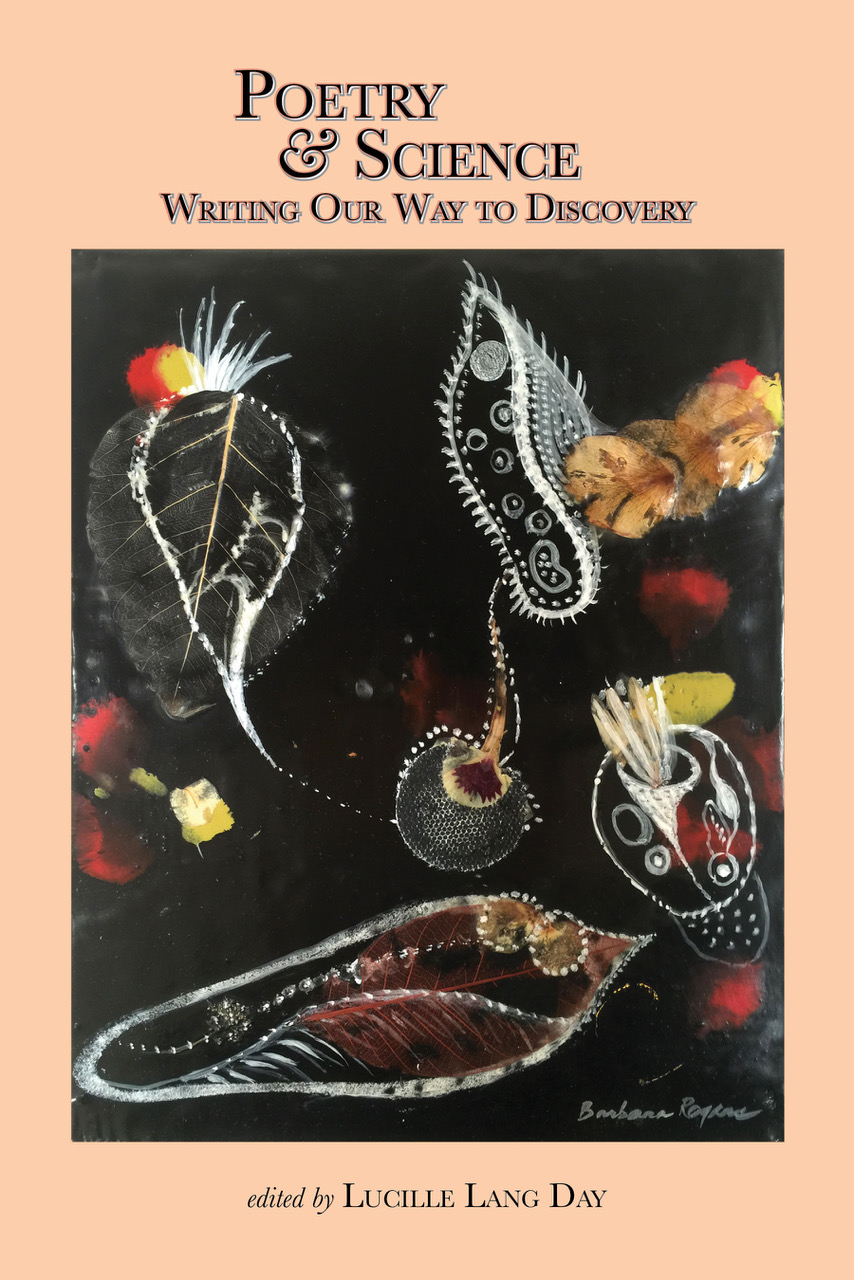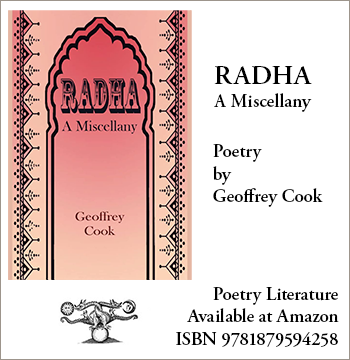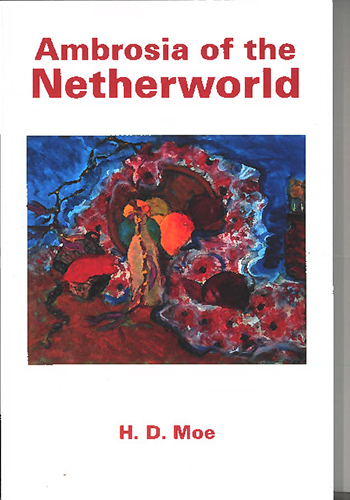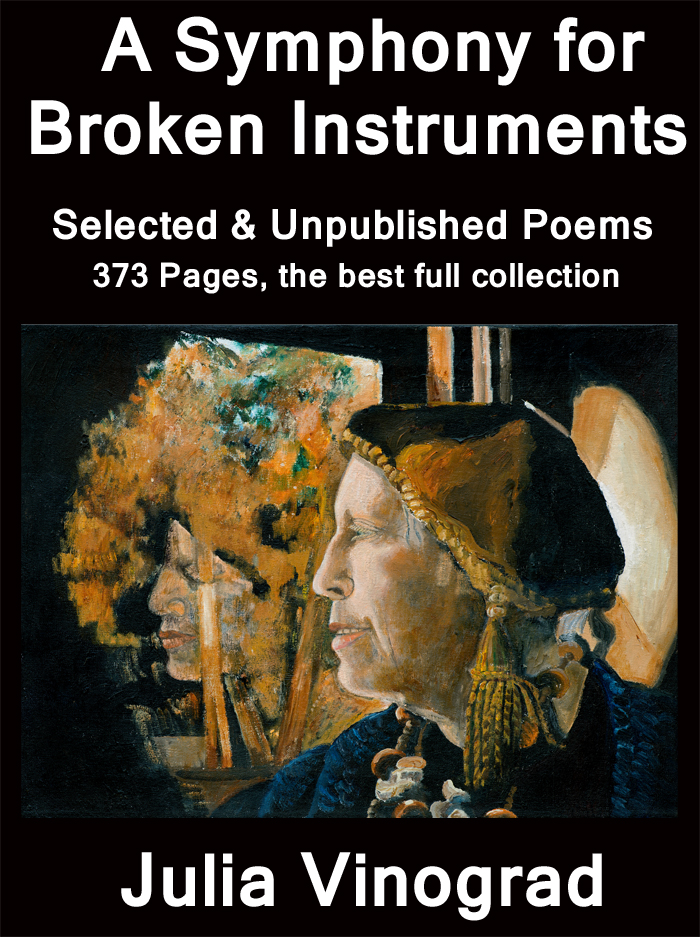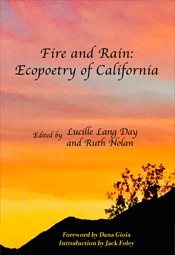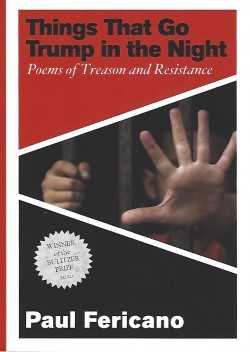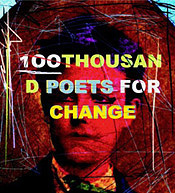
The Future Has Arrived
by Dave Seter
Simultaneities and Lyric Chemisms, Ardengo Soffici, translated from the Italian by Olivia E. Sears, Foreword by Marjorie Perloff, World Poetry Books, 2022, 120 pages, $20.00 paperback, www.spdbooks.org/Products/9781954218055/simultaneities-and-lyric-chemisms.aspx?src=WPB.
READING OLIVIA SEARS'S RECENT translation of Ardengo Soffici's Simultaneities and Lyric Chemisms is a little like visiting an art museum. Each poem fills the mind in the way a large-scale canvas fills a museum wall. There may be a focal point or central theme, but at the margins of the page or canvas, subplots abound. Despite the flatness of the printed page and the black-and-white text, this book is filled with multi-dimensionality and color. Multi-dimensionality was one of Soffici's goals in composing the original text, and Sears manages to replicate this effect in her translation.
Soffici was an Italian-born painter, and also a poet writing in the Futurist tradition in early twentieth century Europe. He was a contemporary of F.T. Martinelli, who wrote the Technical Manifesto of Futurist Literature, the goals of which Soffici embraced. Marjorie Perloff, in her introduction to Sears's translation, notes that the Futurist approach sought to: destroy syntax, foreground nouns, eliminate adjectives and adverbs, and abolish punctuation. All of these features are found in the collection, both in the twelve prose poems in the "Simultaneities" section and in the ten visual poems, or word collages, in the "Lyric Chemisms" section. The introduction by Perloff and Sears's translator's note both help to ground the reader in what to expect when approaching Simultaneities and Lyric Chemisms.
As John Biguenet and Rainer Schulte argue in their introduction to the seminal text The Craft of Translation, "in the translation process there are no definitive answers, only attempts at solutions in response to states of uncertainty." Soffici's original text embraces, if not uncertainty, then ambiguity. In her translator's note, Sears remarks: "My priority was to preserve Soffici's ambiguities and maintain the careening sensation of his poems without introducing any new confusion." As a readerv, I experienced disorientation, yes, but little confusion, despite the fact that one of the translator's footholds toward achieving understanding, that of syntax, is deliberately broken in the original text. How close does Sears's translation come to the original? Perloff offers the conclusion that Sears's translation "is remarkable in its fidelity to Soffici's tonal registers."
Biguenet and Schulte comment that in considering a work in translation "mention needs to be made of the translator's own perspective." One can trust Sears's word choices in translating from the Italian given her credentials. She is the president and founder of the Center for the Art of Translation in San Francisco, has translated numerous poems from the Italian (focusing on avant-garde poetry by women poets), and sits on the advisory board of the Center for Writers and Translators in Paris. One of the tricks in translation is to make the translation not sound like a translation, and in Sears's text, Soffici speaks clearly to us, if colorfully, in what Sears herself describes as a kaleidoscopic approach.
If mention needs to be made of the translator's perspective, then I feel compelled to describe my own interest in translation. I recently began translating contemporary Lithuanian poetry. As a novice undertaking word for word translations, I have come to understand the complications of the next step, that of smoothing the rough edges of the translation to match the beauty of the original text. Why is poetry in translation important, and why is this particular translation by Sears so important? For the reader in the United States, translation helps to break through a potential cultural bias towards all things American. Europe brought Impressionism to our visual arts, and Futurism to our literary arts. In a historical context, Soffici's text represents a benchmark in the timeline of experimental approaches to poetry.
Setting aside historical context, Simultaneities and Lyric Chemisms stands on its own as a work of literary art. The text, as delivered to us in translation by Sears, demonstrates the vitality of images, as embodied in the nouns we choose to describe those images. Image and noun are grounded in each other and form the basis to communicate sensory experience. In this book, sensory experience is delivered to the reader in two different ways in two sections. The first, "Simultaneities," is comprised of twelve free verse poems. The second, "Lyric Chemisms," is comprised of ten-word collages, which make use of varying typefaces. In the latter section, some of the words comprise a loose narrative while others have clearly been appropriated from signs, advertisements, brand names, etc.
In the "Simultaneities" section, we find the poem "Rainbow," in which Soffici, who appears to be addressing himself, the reader, and the rainbow, in varying degrees, writes:
You've ridden life like a nickel-plated carousel mermaid
Whirling
From city to city from philosophy to frenzy
From love to passion from royalty to poverty
There isn't a church movie theater newsroom or bar
that you don't know You've slept in every family's bed
Speaking to the title of the poem, the rainbow is a favorite image of Soffici's, as Sears discusses in her translator's note. She also remarks on Soffici's frequent use of words imbued with color. Even in the above passage, although the only color expressly called out is "nickel," the idea of a carousel brings to mind colorfully painted mermaids, horses, etc., which populate carnivals and amusement parks throughout the world. What is also remarkable here is the idea of universality Soffici conveys: rainbows touch down many places, as do we all. Our extended family of humanity needs to sleep, and touches down in beds of one type or another, from the child's bunkbed to the couple's king, to the unhoused person's sleeping bag. The poem goes on to express, in the following stanza:
There should be a carnival
Of all the sorrows
Forgotten along with umbrellas in the cafés of Europe
In this passage, Soffici calls the sorrows forgotten, but the very act of naming the sorrows brings them back to life. The sorrows still exist, just as the forgotten umbrellas still exist, although perhaps in a parallel life separate from their former owners. Soffici turns the universe of sad recollections into a carnival, a vibrant, colorful setting that seems to work against the idea of sadness. The poem continues for a total of five pages in similar vein, embracing the colorful world in striking phrases such as "armpits of topaz," "a twilight worm coiled in a drop of phosphorus," and "white doves" who "flutter like love letters thrown from the window." The poem ends with Soffici likening the passing of youth to the ending of a stage play, saying it doesn't matter, that he'll make himself "a magnificent suit out of old posters."
Sears notes that throughout the book Soffici uses two different words for rainbow: "iride" and "acrobaleno." She notes that "iride" has other meanings besides rainbow in Italian, namely: iris, and the diaphragm of a camera. Therefore, if some of Soffici's phrases in the poem "Rainbow" seem cinematic, this is not a coincidence. In the poem "Florence" (which is near to his place of birth), Soffici continues this approach, framing scene after scene:
An old man drowned in spring
Drags a rainbow basket of flowers down the sidewalk
Past window displays aflame
With neckties mille-feuilles and liqueurs
"Violets narcissus anemones
Two cents a bunch"
Again, we see the word rainbow, and a carnival of color. The cinematic effect is created by the movement of the reader's mind as the reader's eyes move across the page. I think Soffici's approach may also be compared to a large format painting, the type where the canvas covers an entire museum wall, in which there is a main subject but also subplots happening in the margins. The subplots of stories in these poems are nearly endless, and the reader's mind seems constantly in motion. Soffici guides our point of view with his choices, and even engages the reader in an aside in a subsequent stanza in "Florence":
Who can stand to live in this peace
Of blue boulevards
With nothing but a streetcar passing
Every twenty minutes?
Tallow candles and flowered envelopes
In the shopwindows
And faces of brides and babies
Smothered by a stifling boredom
At windows thrown open
To the void of midday
Evidently Soffici's hometown lacks the excitement of Paris, where Soffici hobnobbed with the likes of Picasso and Apollinaire for a time before returning to Italy. Note Soffici's mention of peace (he questions who can stand it) which sets the reader up for a subsequent stanza in which Soffici reminds the reader this is a time of war: The Great War, now known as World War I. Soffici writes:
On all the houses of foreigners
You see For Rent signs
Family Pensions
No longer harbor lovers
Behind the white curtains
No more yes da oui ja
No more carriages clomping through the Cascine
No more barbers singing serenades
The moonlight has gone off to war
The poem specifically mentions of the date March 6, 1915, a time when Italy, technically neutral at that point in terms of engagement on the battlefield, was preparing to declare war on Austria-Hungary, with which Italy shared a border. About the same time, the German army deployed chlorine gas as a weapon for the first time on the Western Front. This passage's absence of color, limited to the white curtains and moonlight, seems appropriate to the backdrop of war. The idea that even the moonlight "has gone off to war" is chilling in this context. It makes sense that foreigners would have left Florence in a time of war, leading to a proliferation of "for rent" signs. Soffici's question as to who "can stand to live in this peace" may foreshadow his own enlistment in the Italian army shortly thereafter.
If the "Simultaneities" section challenges the reader with broken syntax and lack of punctuation, the "Lyric Chemisms" section requires an entirely different way of reading. To this reader the poems resemble an old-fashioned newspaper where advertisements abut ad copy. This makes sense when one reads Sears's note that the text was originally published in a tabloid-sized edition (of a mere 300 copies). But because things happen and voices are heard in the poems, they are less flat than a newspaper, and might be better compared to the view from an urban café on a street corner noisy with conversation and commercial signage. One could easily see these poems hung on a gallery wall—such is their visual as well as literary effect.
In the "Lyric Chemisms" section, the poem "DAWN TRAIN," a personal favorite of mine, immediately brings to mind that sleepy state of early morning, a quiet time when what is seen and what is heard both seem louder. In this poem we find a pleasing array of fonts with a few images thrown in. The poem continues on a second page and although, ideally, I wish the poem were on one page, the poem is still powerful. On the first page, before even reading the first line of text, my eye was drawn to the more unusual visual elements. The word "FIUGGI" appears in a football shaped display, with white text overlaying a black oval-shaped image. An internet search reveals Fiuggi is the name of a town in Italy and also a brand name of sparkling water. An advertisement for "TOT DIGESTIBLE-CACHETS" is also prominent. These images seem consistent with the idea of dawn train, the half-asleep mind talking in advertisements posted on the walls of the station or on billboards seen from the window of the train.
The text of the poem "DAWN TRAIN" begins with the lines:
red red orange cool yellow cool red no stars no birds
no shadows warehouses of dawn virginity pastoral
clotheslines posters slapping past ECLA the trains
of runaway lovers…
The string of colors in the first line brings to mind sunrise, seeming to refer to a sky absent of stars and birds. The word-image "ECLA" interrupts the central text. The same word-image is repeated elsewhere in the poem, and although the exact meaning is unclear, the repetition suggests either a noise that repeats, such as the shifting of a moving train, or a repetitive advertisement (either visually repeated or stuck in the mind). The role that sound plays in this poem is made clear by text that refers to "the asthmatic music of / chugchugchugchuggitychug."
The most intriguing phrase to me in the above passage is "runaway lovers," dawn seeming a traditional time, in movies or in novels, to slip out of the household one is escaping. The idea of fleeing is repeated in the poem in two phrases appearing in a larger font central to the poem. Set on frames of horizontal lines resembling the lines of a musical score, the following phrases appear: "PARIS OH MY DEAR / WE"LL RUN AWAY" and "YOUR GOOD HEALTH WILL BLOOM AGAIN." The latter phrase seems connected to the advertisement referenced above for digestible cachets. Taken in combination, the phrases suggest that only by taking action, through flight and through medicine, can happiness be achieved. The poem ends on a more ominous note with phrases including "the rumbling of disaster through tunnels / through rivers of international fear…" and "a physical metaphysical stench behind the shutters the / verdant stairs of the sun…" At the very end: a dramatic, large font "BYRRH," a single sound occupying the entire final line of the poem. A buzzer? A shivering sound? Rather than suggesting closure, this ending suggests interruption, the journey on the dawn train suspended in time.
Beyond this brief attempt to describe one of the poems in the "Lyric Chemisms" section, suffice it to say these word-collages are fun to read, if somewhat puzzling. They can't be read like columns of news reportage: advertising must interrupt the narrative, as must sound. This seems true to life in our multi-tasking era. The walls of the train stations of our minds are plastered with advertisements, and our focus is easily shifted by whispered overheard conversations and loud, bright, shiny objects like fire engines. In these poems, the eye must be allowed to travel non-linearly, to jump here and there, in an act of multi-dimensionality. In this sense, these are word collages in the cubist tradition. Our minds may resist, being conditioned to linear narrative, but if we let our minds travel across the poems we may be surprised to find ourselves transported to new places.
If Soffici's work was considered futuristic at the time, then the future has arrived. We find parallels in today's poetry, in the lack of punctuation in the contemporary Lithuanian poetry I am translating, and in the use of collage (combining images and text) in recent work by such poets as Forrest Gander and Brenda Hillman. In concluding this review, I note one final comment from Biguenet and Schulte: "One could say that the translator draws a visual image of each word that evolves into a painting whose outer edges can never be clearly defined." This perspective closely describes Sears's translation of Soffici's work. The outer edges of Soffici's poems were never meant to be defined, and Sears remains true to the original text, foregrounding the vivid colors and scattered nouns without trying to shape them into one person's world view. Sears notes that the Futuristic approach followed by Soffici was also known as "parole in libertà," which may be translated as "free-word poetry." The universality in Soffici's work in translation is made possible by embracing the freedom of each reader to participate in the making of meaning. ![]()
Dave Seter's recent collection is Don't Sing to Me of Electric Fences (Cherry Grove Collections, 2021). Educated as a civil engineer, he writes about social and environmental issues. His poetry has received the KNOCK Ecolit Prize, won third place in the William Matthews competition, and received honorable mention in the Paterson Literary Review's Allen Ginsberg competition. He lives in Sonoma County, California.
— posted July 2023



